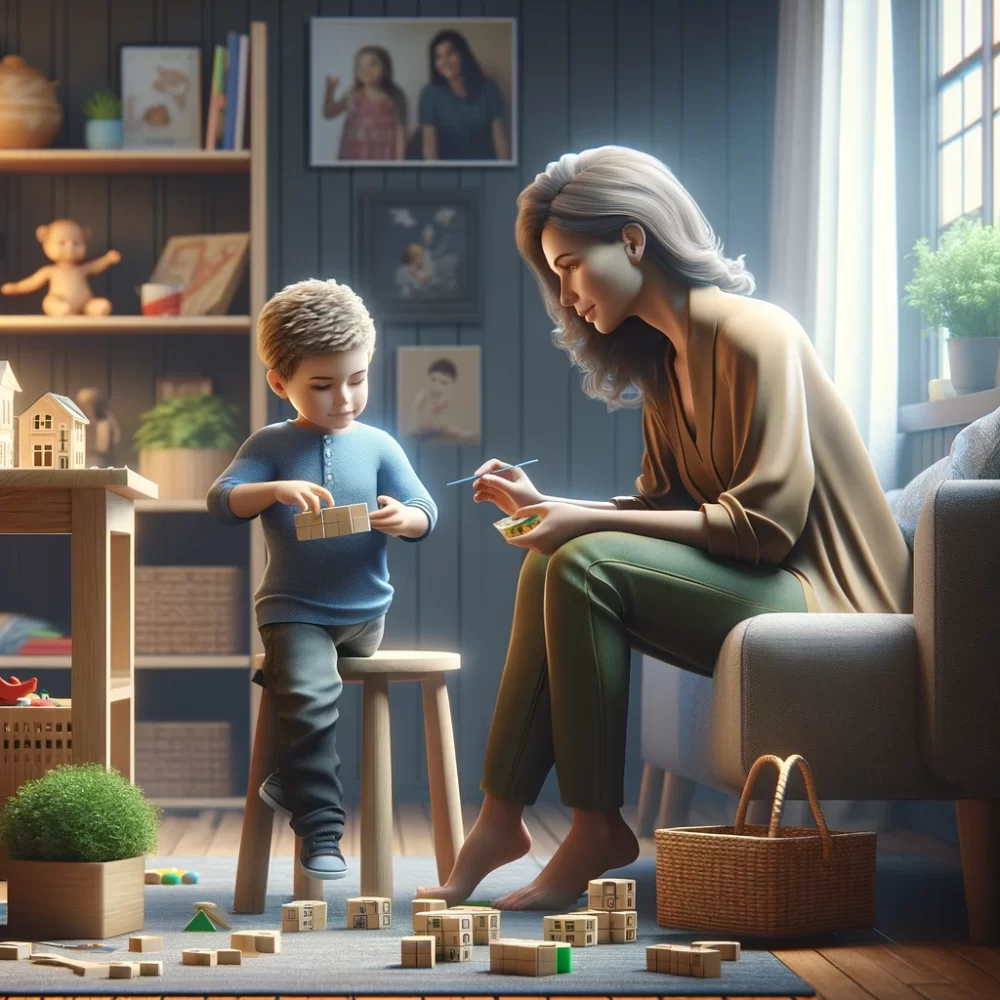
Teenagers may be experts at one-word answers, closed doors, and eye rolls, but beneath it all, they deeply want to be heard and understood. As kids grow into adolescents, maintaining strong communication becomes more important—and more challenging. Encouraging open communication with adolescents is one of the most powerful things a parent can do to support emotional well-being, trust, and healthy decision-making. It’s not about having the perfect answers, but about creating a safe space where conversation can thrive. If you’re ready to strengthen your connection and reduce the “shut down” moments, these strategies can help.
1. Listen More Than You Talk
One of the best ways to keep conversations going is to resist the urge to lecture or fix things right away. Teens often just need someone to hear them out without jumping in. When parents practice active listening, it shows adolescents that their voice matters. Nodding, paraphrasing, and making eye contact can go a long way in building trust. Encouraging open communication with adolescents starts with being a calm, respectful listener.
2. Ask Open-Ended Questions
If every question you ask can be answered with “fine” or “no,” the conversation is likely to die quickly. Try questions that invite your teen to share their perspective: “What was the best part of your day?” or “How do you feel about that?” Open-ended questions show genuine curiosity and keep dialogue moving. Avoid interrogating or prying, and let the conversation unfold naturally. Even a small insight can lead to a meaningful moment.
3. Create Safe, Judgment-Free Spaces
Teens are more likely to open up if they know they won’t be criticized or punished for what they share. That doesn’t mean you have to agree with everything—they just need to know you’ll listen without overreacting. Creating a non-judgmental environment helps normalize hard conversations about topics like relationships, mental health, and mistakes. Encouraging open communication with adolescents means offering emotional safety first. This sets the foundation for honest and vulnerable dialogue.
4. Use Car Rides and Casual Moments
Some of the best conversations happen when there’s no pressure to “have a talk.” Car rides, doing dishes, or walking the dog can be perfect times to connect. These low-stakes moments allow teens to relax and open up without the formality of a sit-down discussion. Parents can use these windows to check in, share stories, or bring up tricky topics more gently. Often, the most meaningful talks happen when you’re not making direct eye contact.
5. Be Honest About Your Own Experiences
Teenagers can spot insincerity a mile away. Being open about your own experiences—especially the hard ones—helps normalize the idea that life isn’t perfect and everyone struggles. You don’t have to overshare, but a little vulnerability makes you more relatable. When parents admit they don’t have all the answers, it levels the playing field and encourages teens to do the same. Encouraging open communication with adolescents includes showing them it’s okay not to have it all figured out.
6. Respect Their Privacy While Staying Involved
It’s a tricky balance: giving your teen independence while still staying in the loop. Show that you trust them by respecting personal space, but keep communication lines open by checking in regularly. Instead of snooping, try statements like, “I’m here if you ever want to talk,” or “I’d love to know what’s going on in your world.” Teens need to know they can come to you without fear, even if it takes them a while. Patience is part of the process.
7. Stay Calm During Difficult Conversations
When your teen finally opens up about something difficult, how you respond matters. Reacting with anger, panic, or judgment can shut the door on future conversations. Practice staying calm and grounded, even when what you hear is hard. Focus on understanding first and problem-solving later. This shows teens they can come to you with anything—even the stuff that scares them. Keeping your cool builds trust over time.
8. Keep the Conversation Going Over Time
One talk won’t fix everything, and communication isn’t a one-time event. Make space for regular check-ins, even if they’re short. Let your teen know you value their thoughts and want to keep the conversation going. A quick, “Anything on your mind today?” can keep the lines open. Encouraging open communication with adolescents is about building a relationship that evolves over time, not solving everything in a single sitting.
The Real Win Is Being Their Safe Place
Teens may not always express it, but they crave connection and understanding. When parents make communication a priority—without pushing too hard or shutting things down—they become a safe place for their child to land. The goal isn’t perfection. It’s presence, patience, and a willingness to meet them where they are.
What’s one thing you’ve done that helped open up communication with your teen? Share your experience in the comments—we’d love to hear your wisdom!
Read More:
5 Negative Techniques That Deter Communication with Your Teenager
These 5 Books Will Help You With Effective Communication With Your Kids
Catherine is a tech-savvy writer who has focused on the personal finance space for more than eight years. She has a Bachelor’s in Information Technology and enjoys showcasing how tech can simplify everyday personal finance tasks like budgeting, spending tracking, and planning for the future. Additionally, she’s explored the ins and outs of the world of side hustles and loves to share what she’s learned along the way. When she’s not working, you can find her relaxing at home in the Pacific Northwest with her two cats or enjoying a cup of coffee at her neighborhood cafe.





























